Text and photos by Natalie Dybisz aka Miss Aniela.
The three essays to come were each written with a different motive, and they are all quite diverse stories. Collectively, their theme is to strip back the veils from my composited and often surrealist tableaux that are characteristic to my main body of work as a photographer and artist. In doing so they also serve to highlight the ultimate pleasures I continue to experience in creating intricately contrived work, the height of which is in one of my current working series that combines fashion and art in eclectic, collage-like scenes.
In a sense, these essays document the ‘hangovers’ from the rich visual party of my louder work. For in between all of the final images in a portfolio of highly ‘constructed’ images are many dissatisfied unfinished pieces, and for whatever reason they are unfinished, at least some can serve to reveal a self-imposed pressure from its creator to produce a ‘series’ or keep to a ‘style’, or simply to meet one’s own expectations set by previous shooting experiences. It is at these times that I value being able to fall back onto ‘negative space’ literally, to re-sensitise myself.
Of course, all photography and indeed all art is contrived, so in undoing one illusion, we peel back a layer to reveal more illusions. This is about recounting different experiences in making a decision between methods of making one illusion and another, all ultimately about feeling – about trying to feel again something that may have been lost through an overdone routine. I will give only a glimpse here into the essays’ content:
Essay one: falling back down to earth
If I had to point to one image that defines the amount of success in photography I have had thus far, it would probably have to be my image The Smothering which comes to define the topic of my first essay. The essay looks across a series of work of mine, and a technique that characterises it, that of ‘levitation’ photography. It explores how, from my personal angle, creating this kind of imagery challenged, excited, but also eventually complicated my approach to artmaking. The essay develops the idea of the photographer having a ‘diet’ and a taste that can be overpowered by certain forays into techniques. The essay is a story, but a story that happens over a year or two, given meaning by looking in retrospect over that time.
Read Falling back down to earth: recovering from “levitation”, by Natalie Dybisz aka Miss Aniela.
Essay two: model behaviour
The second essay is about one single shoot. Contrasted to the first essay, which was written long and hard over a few days, this was whimsically penned (or rather, typed) immediately following the shoot it describes, literally soaking up the sensory experience before the language drifted away from my mind. The shoot had a way of taking me by surprise and challenged my set approach. As humans we want simplicity, we like patterns and plans, but how refreshing it can be to go with the spirit of something outside of ourselves – especially when I am used to taking so many self-portraits. In this case, the subject is that spirit; a model redefines the purpose of the shoot.
Read Model behaviour: the story of Linda, by Natalie Dybisz aka Miss Aniela.
Essay three: stripped
The third essay takes on select pieces from a recent series of mine that has, in essence, taken on the pleasures of candidness and minimalism, in favour of an adapted new language. However, the series is not strictly one way or another, and the series has highlighted to me the times when compositing for contrived effect, in either subtle or epic amounts, becomes necessary or desirable. The sense of ‘stripping back’ in this series is typified by use of black and white, nudity, and barren shorn landscapes which became a personal trend fitting to its intended ‘dystopian’ mood, slowing the tempo from my other work. Conceptual intent plays a bigger role than in my other work; it is a resting place for inner troubles felt about the world – a place for them to be expressed visually – even if the intent falls off track and gets lost in digressive beauty or strangeness along the way.
Read Stripped: a fallen body of work, by Natalie Dybisz aka Miss Aniela.
For more informations and photos, please visit Natalie Dybisz aka Miss Aniela website.

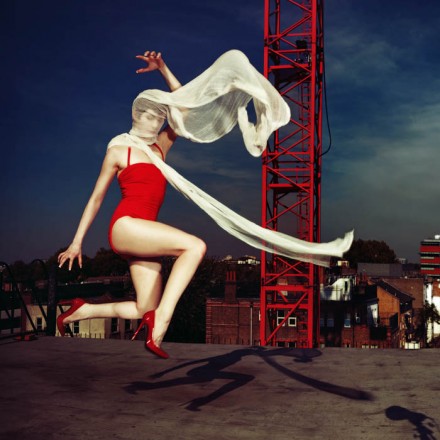
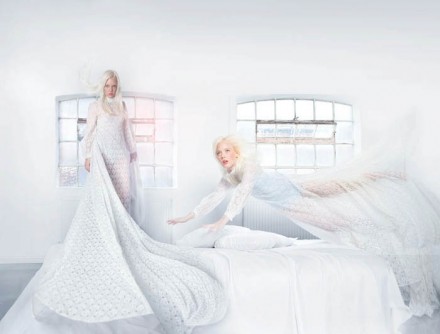
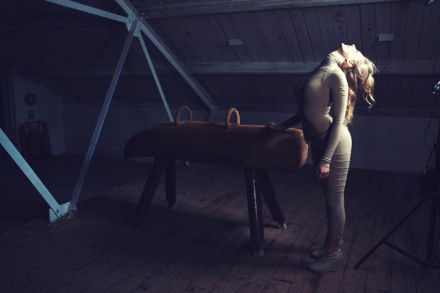
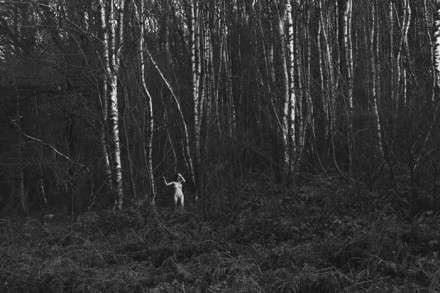
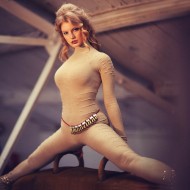
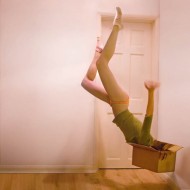
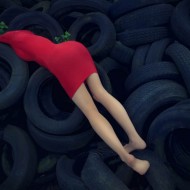
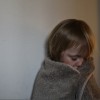

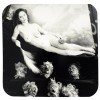
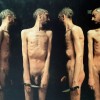
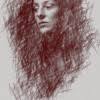
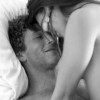
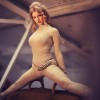
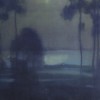
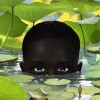
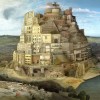
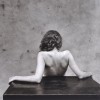
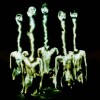
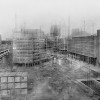
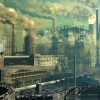
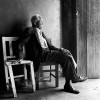
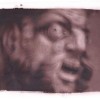
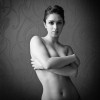
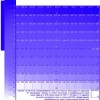
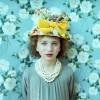
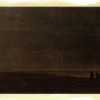
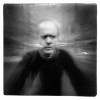
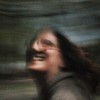
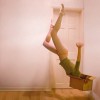
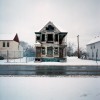
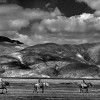
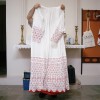
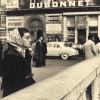
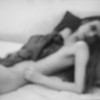
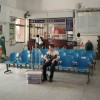
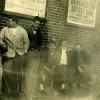
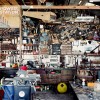
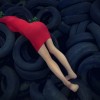
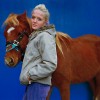
Natalie,
thank you so much for your series of articles. The intro is really teasing, I can not wait to read all the essays!
You can also subscribe to this post comments RSS feed.